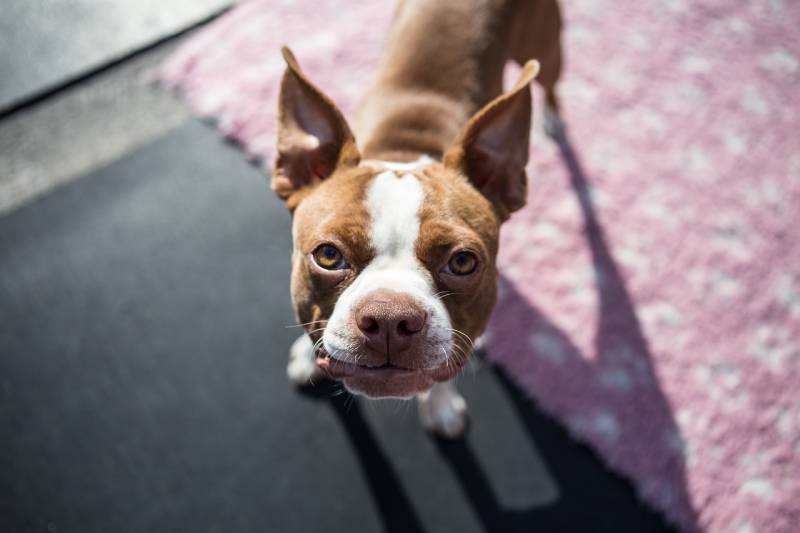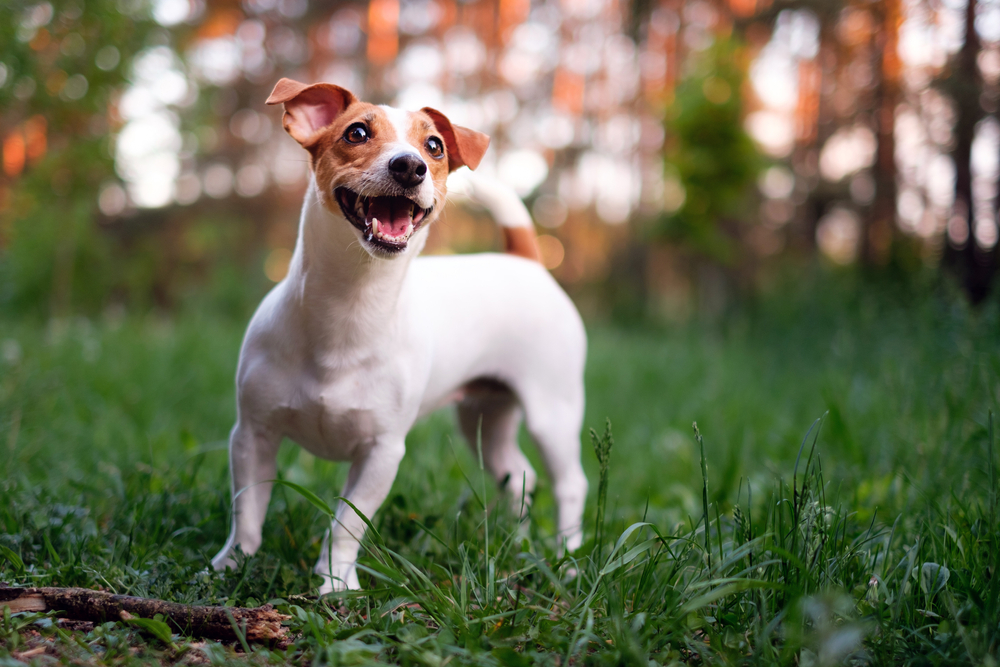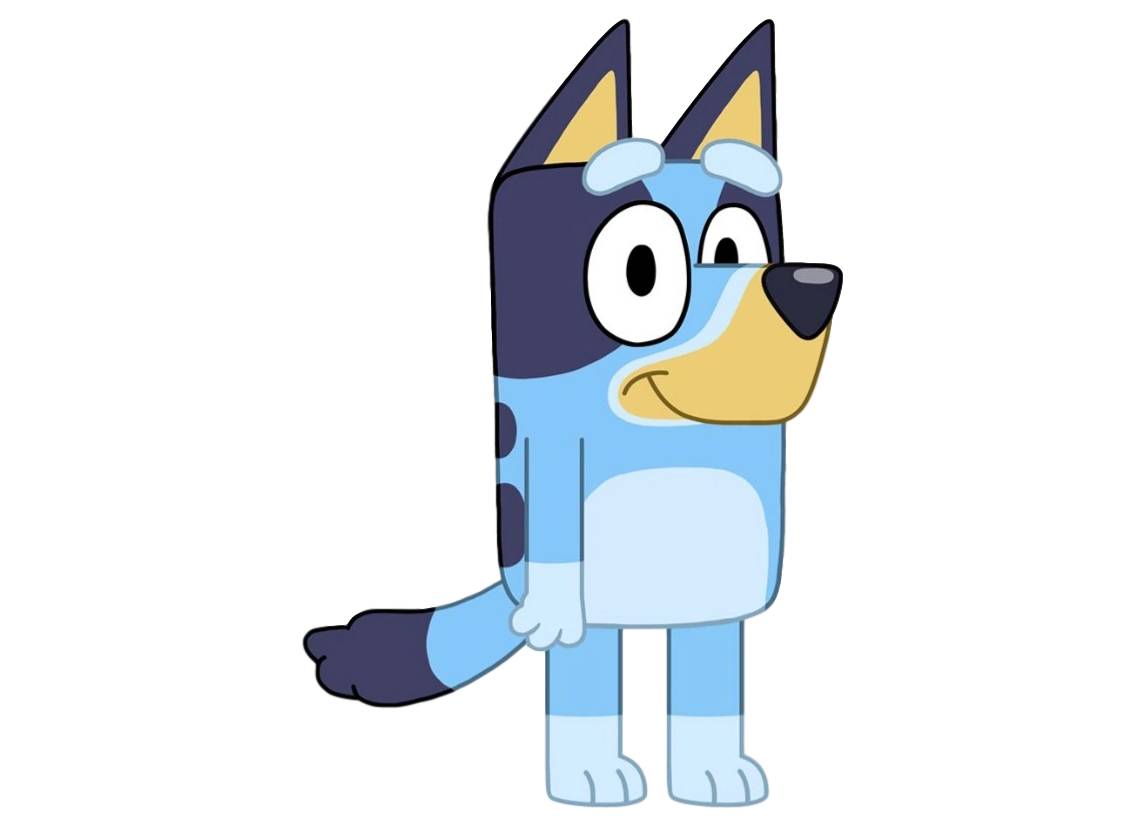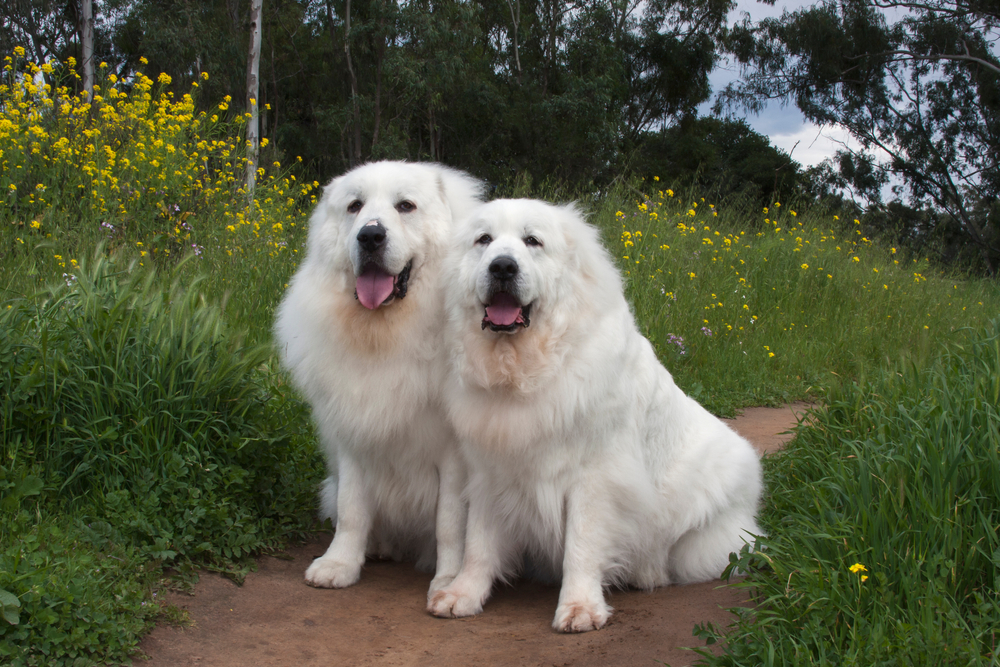Click to Skip Ahead
A Red Boston Terrier is a Boston Terrier except it has red or liver coloring where the black of a standard Boston Terrier would be. It may also have hazel eyes and a red nose. The Red Boston Terrier is a non-standard color and is not recognized by most kennel clubs or breed clubs, but it is not considered a rare variant.
Reds do not have any additional health concerns or common problems compared to the standard colors of Boston Terriers, and they typically have the same temperament as Boston Terriers, which is to say they are jokers who enjoy making their humans smile and especially enjoy a brisk walk.
Breed Overview
Height:
12–15 inches
Weight:
10–25 pounds
Lifespan:
12–15 years
Colors:
Red, liver, white
Suitable for:
Experienced and novice owners who want a lively, fun dog
Temperament:
Loving, playful, lively, friendly, amenable
The Boston Terrier tends to be a very playful but friendly dog that will get along with people, other dogs, and even cats. It likes to have fun and will encourage everybody around it to join in the fun. The Red Boston Terrier has the same traits and characteristics. It also has the same physical appearance except that the black tuxedo of the Boston Terrier is replaced by a red tuxedo, and it may have hazel eyes and a red nose.
Red Boston Terrier Breed Characteristics
The Earliest Records of Red Boston Terriers in History
The Boston Terrier was developed in the 1860s as a cross between a Bulldog and another dog that itself was a cross between an English Bulldog and a White English Terrier. The original breeding resulted in one puppy, which was said not to be very attractive, but this one puppy went on to form the basis of the Boston Terrier breed.
The dog was bred in Boston, as its name suggests, and although it is likely that the original aim was to breed a fighting dog and rat catcher, the Boston soon became popular as a companion dog, and it has remained as such today. The Red Boston Terrier has never been officially recognized so it is unclear when the first examples of this coloring arose, but it was likely an accidental breeding that led to the first instances of this color.
How Red Boston Terriers Gained Popularity
The Boston Terrier had very auspicious beginnings. The first to be bred was not considered a good-looking dog, but it did have desirable characteristics and traits, so it was widely bred. Initially, the breed came in a range of sizes and shapes, and in 1889 a number of Boston Terrier breeders got together to form the American Bull Terrier Club. At this time, the breed was known as the Bullet Head or Bull Terrier. However, the name was soon changed to the Boston Terrier, and the breed was recognized by the American Kennel Club in 1893.
However, the Red Boston Terrier has never been recognized and is not considered a standard color, which means that they cannot be registered with the AKC and cannot take part in official shows or exhibitions. The Boston Terrier’s popularity grew thanks to the breed’s plucky, lively, and friendly nature. And, while its predecessors may have been bred for dog fighting, the breed usually gets along well with other dogs and can even get along well with cats and other animals, further making it a popular companion breed.
Formal Recognition of Red Boston Terriers
The Red Boston Terrier is not recognized by the Boston Terrier Club of America or the American Kennel Club because it is not considered a standard color. While this might change in the future, it doesn’t look likely as things stand. They can still make friendly and loving family pets and companions, but Red Boston Terriers cannot be shown at official AKC events and cannot be registered with the AKC unless both parents of the puppy are officially registered, which is very unlikely.
Top 3 Unique Facts About Red Boston Terriers
1. It Was Once One of the Most Popular Breeds in the US
The Boston Terrier’s popularity has waned somewhat, at least in the US. At the beginning of the 20th Century, it was one of if not the most popular dog breeds in the country. However, the surge in popularity for breeds like Labrador Retrievers and German Shepherds has seen Boston Terriers pushed down into 23rd position for their popularity at home.
2. The American Gentleman Is Very Good at Canine Sports
The Boston Terrier was likely bred to hunt or fight rats, although that can be difficult to imagine when watching the breed get along so well with other animals. However, this does mean that it is an energetic, lively, and intelligent breed that tends to do very well in certain canine sports classes. It is especially capable when taking part in agility classes, which can help keep your American Gentleman physically and mentally alert.
3. They Can Be Susceptible to Certain Health Conditions
Unfortunately, the Boston Terrier is somewhat prone to certain health conditions. The brachycephalic face shape which gives it the squat facial features can lead to respiratory problems. It can also suffer a curvature in the back and may develop eye problems such as corneal ulcers. You must have your Boston Terrier visit a vet for regular checkups and to look for signs of these conditions.
Does the Red Boston Terrier Make a Good Pet?
The Red Boston Terrier, like any color Boston Terrier, is considered a good pet. It is lively and energetic and benefits from good exercise every day, although its size means that walks don’t have to be too long or intense. The size of the breed also means that it will adapt to life in an apartment, although it will enjoy having access to a yard or garden where it can run around and act silly. It is loving but doesn’t tend to be overwhelmingly clingy.
However, the Boston Terrier is a terrier, and it can be stubborn so training may prove difficult. Training needs to be fun and training sessions will usually be more successful if they are kept short. Like any breed, early socialization is also important as this will help the dog get used to different situations, people, and animals.
Conclusion
The Red Boston Terrier is effectively just a Boston Terrier but with red colorings, rather than the distinctive black tuxedo of the standard. It is not officially recognized as a standard color but can still make an excellent companion pet for the right owner. Exercise is important, and this breed can suffer from some health problems related to its facial shape and its back.
But, it is lively, energetic, and fun, and it will develop a close bond with its human owners.
Featured Image Credit: safepaws, Pixabay













